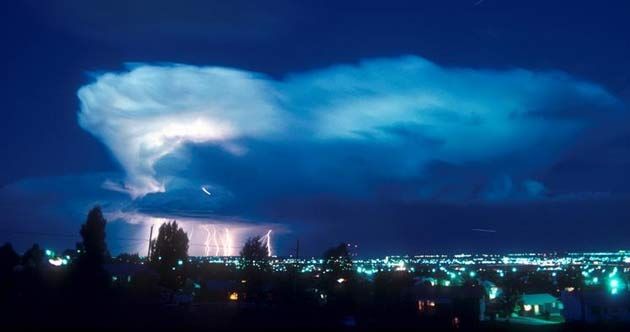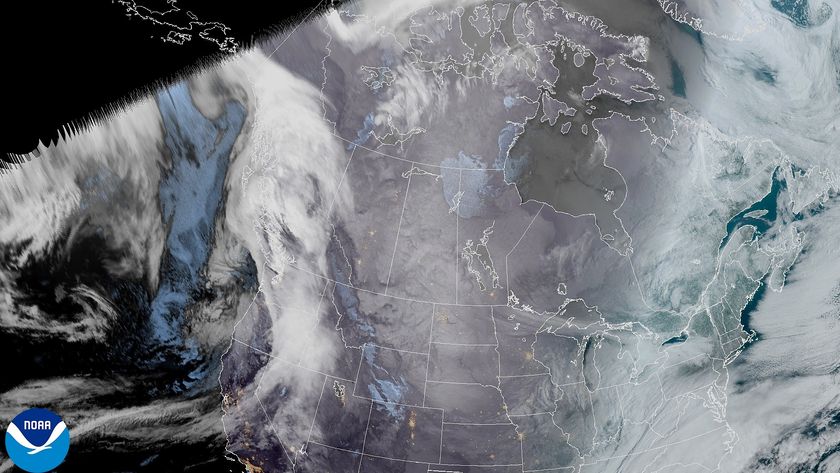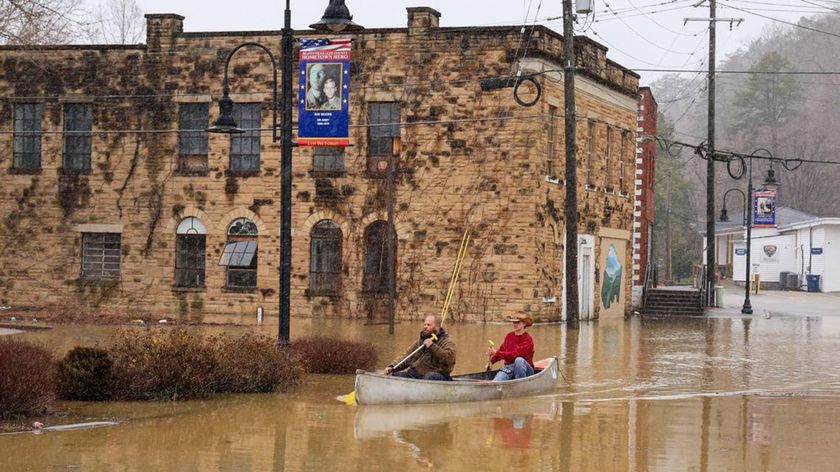Forecast of the Future: Severe Weather to be Predicted Within Moments

A new forecasting technique using multiple Doppler weather radars to track water vapor could produce forecasts of severe weather just moments before it pours.
A project at the National Center for Atmospheric Research (NCAR) measures changes in the speed of radar signals caused by refraction of the signal off moisture. If the technique proves successful, scientists said today, it could be added in the next few years to the national network of Doppler radars.
Regular Doppler radar spots raindrops or hailstones, but not the moisture that leads to precipitation.
The new setup can detect strong contrasts in moisture, a scenario that can spawn intense storms.
"Nobody's ever seen such high-resolution data on moisture before," said NCAR scientist Rita Roberts, who heads the project. "We believe this could greatly help forecasters predict where heavy rains might develop."
The method could "help forecasters pin down the locations and timing of storms that might rage a few minutes to a few hours later," according to an NCAR statement.
The project is named REFRACTT (Refractivity Experiment For H2O Research And Collaborative operational Technology Transfer). It is being tested now through Aug. 11 in Denver.
Sign up for the Live Science daily newsletter now
Get the world’s most fascinating discoveries delivered straight to your inbox.
"Low-level moisture is the key to our weather here, especially during the summertime," said Larry Mooney, meteorologist in charge at the Denver office of the National Weather Service. "We're really excited about the REFRACTT data."
Along with four overlapping radar stations, REFRACTT relies on computer models, satellites and weather balloons. It's funded by the National Science Foundation and is the brainchild of Frederic Fabry of McGill University.
- Galleries: Lightning / Sunrises / Tornadoes / Clouds
- New Satellite Provides 'Breathtaking' Views Inside Storms
- Weather 101: All About Wind and Rain
- Natural Disasters: Top 10 US Threats
Robert is an independent health and science journalist and writer based in Phoenix, Arizona. He is a former editor-in-chief of Live Science with over 20 years of experience as a reporter and editor. He has worked on websites such as Space.com and Tom's Guide, and is a contributor on Medium, covering how we age and how to optimize the mind and body through time. He has a journalism degree from Humboldt State University in California.



